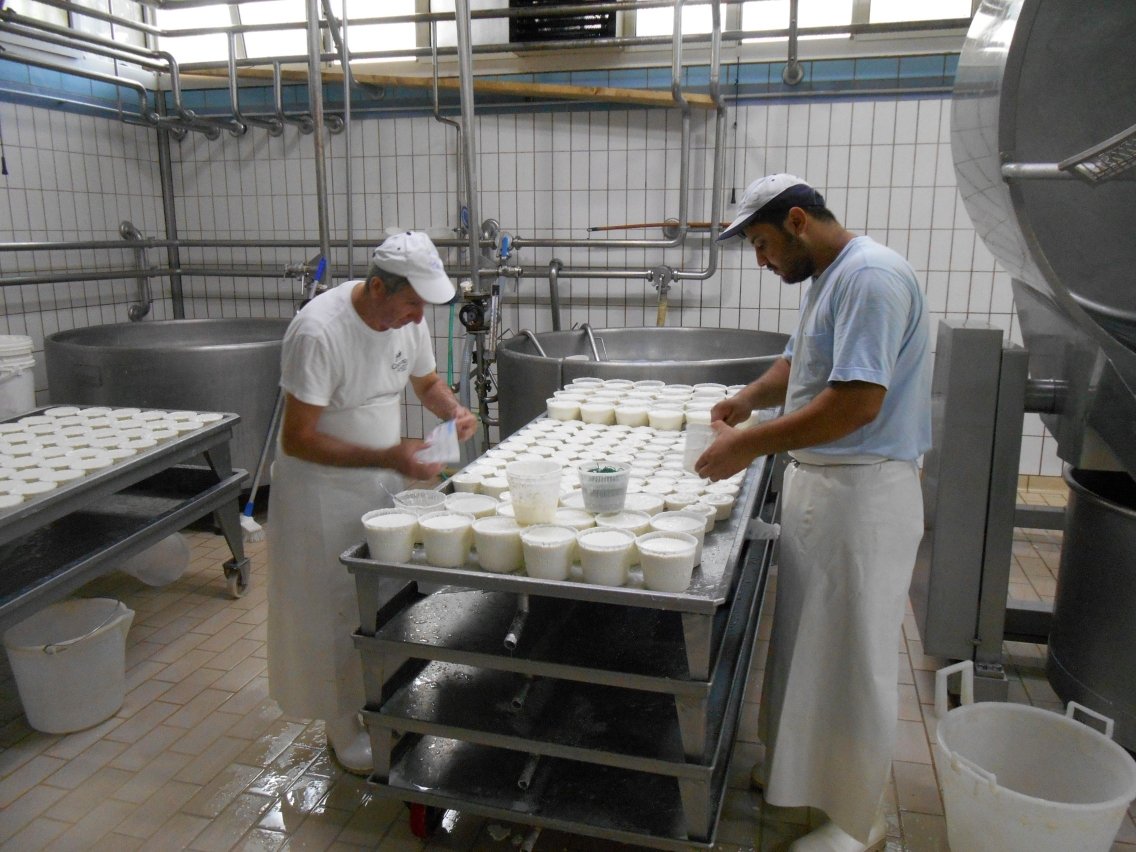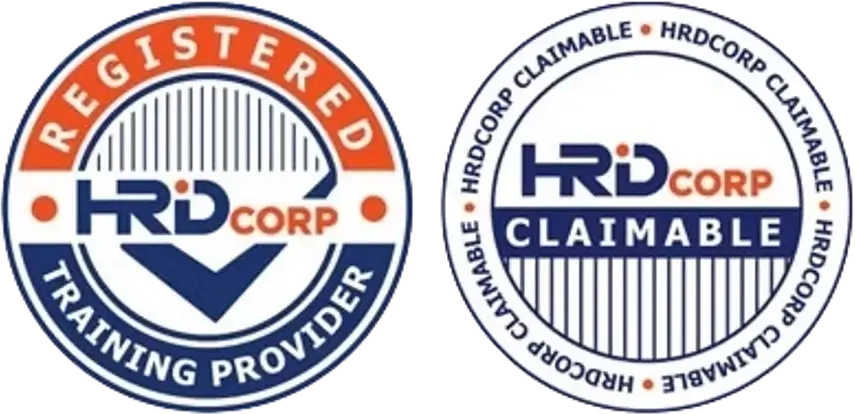What’s the Role of Allergen Control in a HACCP System?
In today’s food industry, allergens are among the most serious hazards—a tiny amount can trigger life-threatening reactions.
That’s why effective allergen control is a core requirement in any HACCP-based food safety system.
Let’s break down how allergen management is integrated into HACCP and why it’s critical for both consumer safety and regulatory compliance.
🧠 Why Are Allergens a Big Deal in HACCP?
-
Allergens are chemical/biological hazards in the HACCP context
-
They do not require ingestion in large quantities to cause harm
-
Cross-contact can happen easily during:
-
Production
-
Packaging
-
Cleaning
-
-
Allergen-related recalls are among the top causes of product withdrawal globally
✅ Key Objectives of Allergen Control in HACCP
-
Identify all allergenic ingredients used on-site
-
Prevent cross-contact between allergen and non-allergen products
-
Ensure accurate labeling and documentation
-
Protect sensitive consumers from accidental exposure
🔍 How Allergen Control Fits into the HACCP System
1. Hazard Identification (HACCP Principle 1)
-
List all allergens present in:
-
Raw materials
-
Ingredients
-
Processing aids
-
Packaging materials
-
-
Include both intentional and accidental allergen sources
2. Hazard Analysis & Risk Assessment
-
Evaluate:
-
Likelihood of cross-contact
-
Severity of allergic reactions
-
-
Classify allergen hazards as:
-
Significant = Require control
-
Not significant = Monitor for potential risk
-
3. Determining CCPs and OPRPs
-
Allergen control may result in:
-
OPRP (e.g. validated cleaning procedure)
-
CCP (e.g. metal detection of allergen-labeled packaging where mix-ups are possible)
-
-
Assign monitoring methods and corrective actions
🛠 Practical Allergen Controls in a HACCP Plan
Raw Material Handling
-
Segregate allergenic and non-allergenic ingredients
-
Use color-coded containers and utensils
-
Check supplier allergen declarations
Production Scheduling
-
Run non-allergen products first, then allergen-containing ones
-
Avoid back-to-back runs of allergen-sensitive items
Equipment Cleaning & Validation
-
Use validated cleaning methods to remove allergen residues
-
Perform swab testing or protein residue tests
-
Document cleaning effectiveness
Label Control
-
Double-check:
-
Ingredient list
-
Allergen declaration
-
Precautionary statements (e.g. “May contain traces of…”)
-
-
Match product-to-label during final packaging
Staff Training & Awareness
-
Train all personnel on:
-
Allergen risks
-
Personal hygiene practices
-
Cross-contact prevention
-
-
Limit unauthorized movement between zones
📋 Documentation to Support Allergen Control
-
Allergen matrix or map
-
Allergen risk assessment
-
Cleaning validation records
-
Supplier allergen statements
-
Label verification checklists
-
Allergen control SOPs and WIs
-
Corrective action logs for allergen incidents
❗ Common Allergen Control Mistakes
-
❌ Incomplete allergen list or matrix
-
❌ Sharing equipment without validated cleaning
-
❌ Label misprints or mix-ups
-
❌ Inadequate staff training
-
❌ No swab testing after cleaning
-
❌ Not verifying suppliers’ allergen claims
🏁 Final Thoughts
Allergen control is not optional—it’s a critical food safety issue embedded directly into a robust HACCP system.
By identifying, evaluating, and strictly managing allergens, you not only protect consumers but also reduce recall risk and strengthen brand trust.
Need help building an allergen control plan or validating your cleaning methods?
At CAYS Scientific, we help food manufacturers across Malaysia implement HACCP-compliant allergen management that meets both regulatory and GFSI certification requirements. Reach out today to audit-proof your system.




